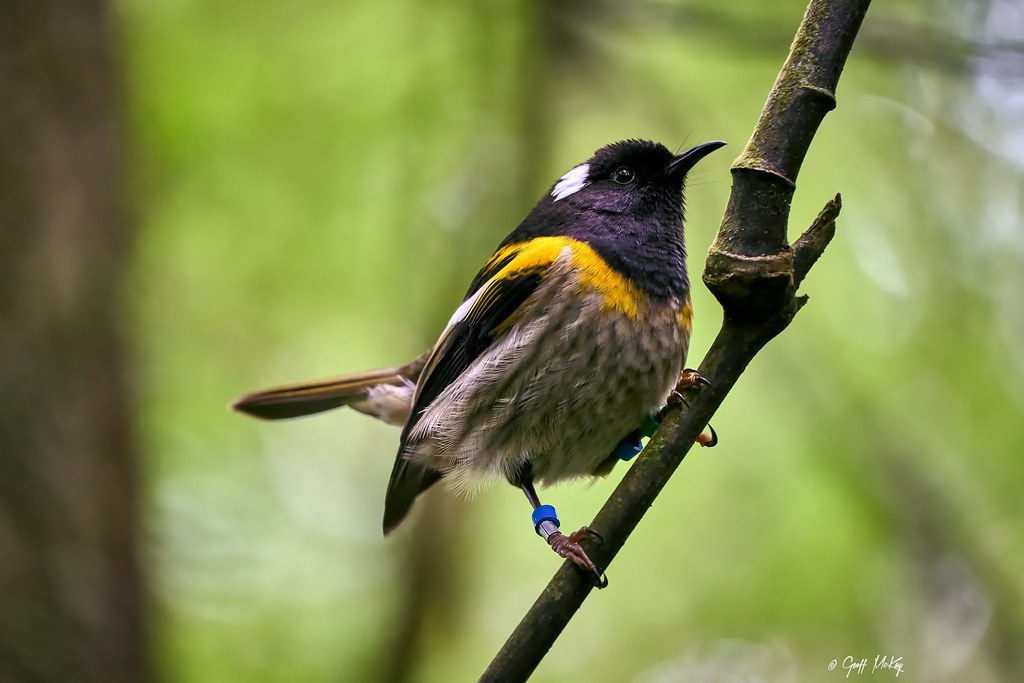Wild animals may be better at adapting to new conditions than scientists previously thought – but there’s an exception for New Zealand’s hihi/stitchbird.
A research team including Aotearoa scientists looked at 15 species worldwide, finding their genetic variation was two to four times wider than previously thought, meaning they have more “fuel for evolution” to adapt to a changing environment. One of the species was the New Zealand hihi, however its capacity to adapt was low, and the bird remains reliant on human conservation efforts.
The SMC asked experts to comment.
Dr Anna Santure, Senior Lecturer, School of Biological Sciences, University of Auckland, comments:
“How fast can populations adapt? It seems faster than we previously thought, based on a large global study examining rates of evolution in 15 different species, including the threatened Aotearoa New Zealand hihi (stitchbird). The study used long-term data – spanning over 2.6 million hours of fieldwork study across species – to determine the contribution of genes versus environment to differences in the ability of individual animals to survive and reproduce. A higher genetic contribution to survival and reproduction means that populations are more able to rapidly adapt to new selection pressures.
“Where previous studies across species had suggested that the ability to adapt was very limited for many species, in this study, applying new statistical methods, most species showed capacity to rapidly respond to selection, which in turn puts them at a lower risk of extinction.
“The hihi team that I work with are delighted to add their very precious hihi datasets to this global analysis. Two of our reintroduced hihi populations – on Tiritiri Matangi Island in the Hauraki Gulf, and Zealandia wildlife sanctuary in Wellington – have been intensively studied since they were established, which means breeding and survival data is available for every bird. The new analysis agrees with the previous analysis our team have done for hihi, which suggested they have low capacity to adapt but are buffered from extinction by conservation management actions such as provisioning food and parasite and predator control.
“However, the general finding from this new global research was optimistic for the ability of many other threatened species to adapt, particularly if habitat loss and climate change can be slowed from their current increasingly fast rates of change.”
Conflict of interest: Dr Santure is a co-author of this study.
Dr John Ewen, Co-Chair, Hihi Recovery Group, comments:
“This study is critically important. Our precious hihi contrast with other species investigated by having more limited capacity to adapt, but this also highlights how our efforts to help them are working in spite of this.
“Over the last 30 years we have honed our support, improving translocation techniques to establish new populations and the help these hihi populations then need to thrive, including provisioning food and providing them protection from parasites and predators. This has resulted in a tremendous growth from one to seven populations. We continue to invest heavily in studying each population and apply this knowledge to continuously improve our conservation work. Along the way we also shed light on perhaps the most charismatic of New Zealand’s forest birds, a species critical to forest health and one that needs our help to continue its recovery as this study reveals.”
Conflict of interest: Dr Ewen is a co-author of this study.
